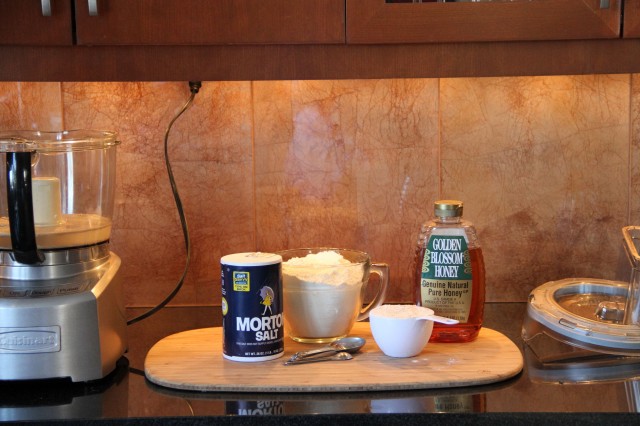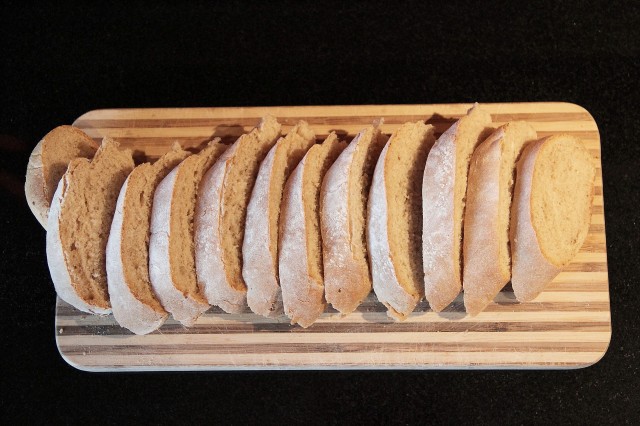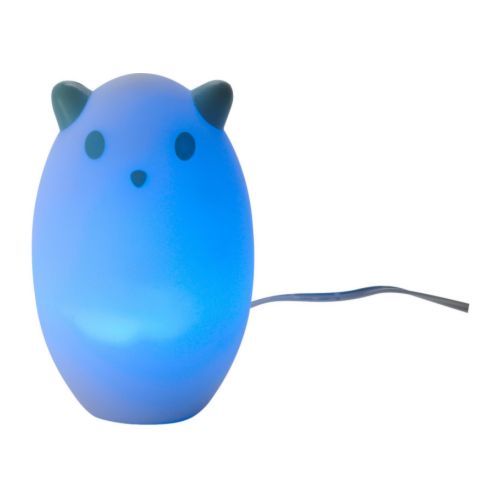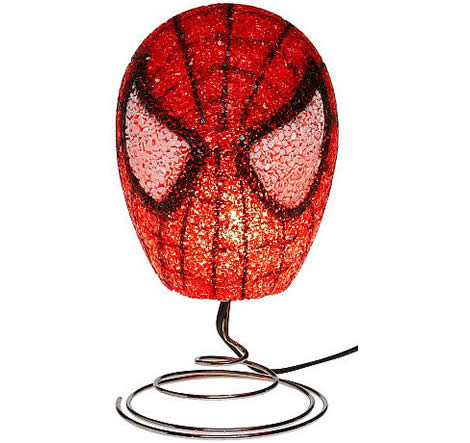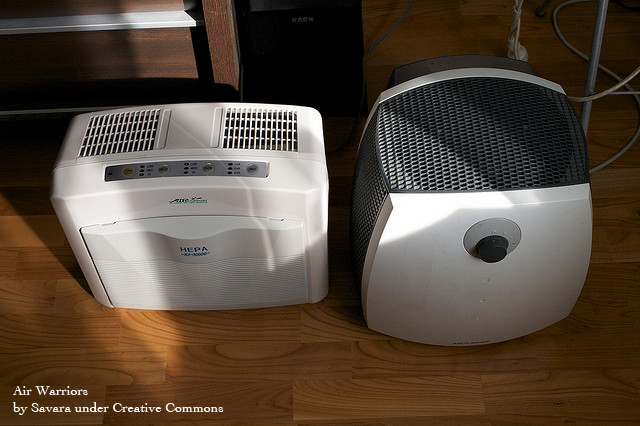Tag Archives: bedroom
Movies in Bed: The Hobbit
Post by Mark T. Locker.
Personally, I don’t know what Peter Jackson was thinking remaking The Hobbit. He must have known that two perfect things came into being in the year 1977. The first being yours truly, the second being the animated musical movie The Hobbit. With music by Glenn Yarbrough and some fantastically hideous illustration, there was no way Peter Jackson was going to be able to hold a candle to this interpretation.
We owned the LP version of the movie (I can’t imagine whose great idea it was to have the entire movie sold as an audio with accompanying book but I loved it) and must have listened to it hundreds of times. You all know the story, Bilbo Baggins, Gollum, Gandalf, dwarves. Adventure, trolls, goblins, spiders!
The animated version, with its 1970s soundtrack, terrifying Gollum rendition, and ugly, ugly characters, is not to be missed. It has some classic voices of the era, including Hans Conried, the voice of Captain Hook, as Thorin. Seriously, it’s so bad/good.
Things We Like: Rhythmic Bedroom Design
Post by Kyle St. Romain.
A few weeks ago we discussed the various ways to achieve balanced design in your bedroom. To briefly recap, balance can be achieved in one of three ways: symmetrical, asymmetrical, or radial. Symmetrical balance is usually used in more formal spaces, while asymmetrical balance is often thought of as a more casual type of design. Radial balance can be either formal or informal, though it is most commonly used in dining arrangements where chairs are arranged in a circle around the dining table.
This week, I want to take a moment to discuss another fundamental principle of design, rhythm. Rhythm, also called repetition, is a way of timing your eyes’ movement through a space. While it is most often thought of in terms of music, rhythm is equally applicable to visual design. Rhythm is often the glue that holds the overall look of a room together.
Rhythm can be employed in a number of ways: linear rhythm, repetition, alternation, or progression—each of which will be discussed briefly below.
Linear Rhythm
Linear rhythm relies on the movement of the viewers’ eyes across an individual line. A simple way to think of linear rhythm is to picture a sunset over the horizon; the horizon is the linear line that draws your eyes across the image. In your bedroom, you may hang your pictures at a certain height to create linear rhythm, or have a large headboard with a flat top as a focal point of the room.
Repetition
Repetition involves the use of a particular pattern throughout a room to create a timing of movement across the room. Picture a wall with a lot of small pictures hanging very close to each other. Now picture that same room with fewer, larger pictures spaced further apart. In the room with the smaller pictures, your eyes would likely move swiftly across the room as they take in image, after image, after image, in quick succession. Contrast this with the larger, spaced out images: your eyes would likely move across the room much slower as each image commands more attention.
Alternation
Alteration is a specific type of pattern that relies on a particular sequence of repetition. For example, your décor could alternate between large and small objects, or light and dark colors. Alternation is different than typical patterning, as it is not necessary to recreate the exact element throughout the pattern. For example, you could alternate between gold and blue stripes throughout your room, with each stripe being of a different size.
Progression
Progression is achieved by gradually increasing or decreasing the characteristic of an element throughout the room. For example, you could place a set of vases linearly and arrange them according to size, or color.
When thinking about the rhythm of your bedroom, don’t limit your thoughts to one perspective of the room. Rather, you need to be mindful of the overall feel of the room. The best way to see how to successfully employ rhythm in your bedroom’s design is to see what other people have done. As usual, Houzz is an excellent resource for this, and you can browse rooms that scream rhythm here.
How do you use rhythm in your own design? Share your thoughts in the comments below.
Breakfast in Bed: Wheaty Baguettes
Post by Alison Hein.
Short, dreary January days are perfectly suited to bread baking. Homemade bread is easier to make than you may think, especially if you own a food processor. All that’s required is a little flour and yeast, and a little larger commitment of time and patience.
Allocate several hours for the process, and don’t be dismayed if your first attempt is less than perfect – you will get better with practice. And, once you bite into your first fresh-from-the-oven steamy slice of homemade bread, there’s no going back. Three lovely. wheaty baguettes will scent your home with bakery aromas, and fill your heart with great accomplishment.
Try a cozy winter meal that calls for no more than a thick slice of sweet, salty homemade bread beside a piping hot seasonal soup. Better yet, slather a warm hunk of baguette with creamery butter, maybe some strawberry jam too. Pour a cup of dark-roast coffee, and reward yourself with the perfect cure for those short, dreary January days – breakfast in bed!
Ingredients
2 cups tepid water
1 tablespoon (2 packets) dry yeast
1 tablespoon oil
1 tablespoon honey
1 ½ teaspoons salt
1 cup whole wheat flour
4 cups white flour
1 tablespoon cornmeal
Oil for rising
Flour for kneading, shaping and dusting loaves
Preparation
Add water to large food processor, or large bowl. Gently sprinkle yeast on top to cover surface. Set aside until yeast begins to activate, about 10 minutes.
Add oil, honey, salt and wheat flour to food processor or bowl. Gently pulse on food processor dough setting or stir until mixed in. Add white flour, about a cup at a time, until mixed in. If using food processor, gently pulse until dough is compressed and begins to pull away from side of bowl. Be careful not to over mix or dough will become tough. If making bread by hand, turn out onto floured board and knead gently for about five minutes. Add about ½ teaspoon oil to large bowl. Place dough in bowl. Turn and flip so oiled side faces up. Cover with light tea towel and set in warm, non-drafty place to rise. Let dough rise for about one hour, until doubled in size.
Punch down dough. Turn onto floured board and shape into 3 equal-sized baguettes. Sprinkle large baking tray with cornmeal. Place loaves on tray, cover with light tea towel and set in warm, non-drafty place to rise. Let loaves rise for about one hour, until doubled in size.
Preheat oven to 425° about 15 minutes before dough is finished rising. Lightly sprinkle loaves with flour (use a sifter or sieve). Carefully make a few diagonal slashes on each loaf, using a razor blade or very sharp knife (I keep a craft knife on hand for this purpose).
Place loaves in oven and bake 25 to 30 minutes until browned. Cool for at least 30 minutes before slicing.
Makes 3 baguettes.
Bedroom Design: Best Night Lights for Kids
Post by Mark T. Locker.
Ah, darkness. To the reasonable adult, it is a welcome thing, indicating that sweet sleep might be just around the corner. To a child, it is little more than cover for bone-crunching, blood-sucking monsters, just waiting to pounce on their unsuspecting prey. Thank goodness for night lights! My boy has a couple lights he uses. We have gone through many more during our years-long hunt for the perfect light. Here are a few of the more interesting lights I have seen. Spoiler alert: my favorite is the Ikea “Totoro” light.
This is the Spöka LED night light from Ikea. I love it. My son loves it. It reminds us a bit of Miyazaki’s Totoro. That is what my boy calls it. The best part about it is that is holds a charge which allows your kid to take it to bed if so desired. My kid so desires. It’s even kind of soft! Also, it changes color, from blue to green and everything in between.
I found this turtle light at the Goodwill and it put me back a whole $2.99. I was skeptical whether it would actually project stars on the ceiling but it really does. It’s pretty great. It stays lit for about half an hour and works like a charm.
Spider-Man’s decapitated head on a spring. I thought this would scare the bejeezus out of my son, but he actually likes it. Go figure.
Things We Like: Clean Air In The Bedroom
Post by Kyle St. Romain.
I recently spent a small fortune on an arsenal of air purifiers for my apartment on account of the air quality being noticeably unhealthy. I don’t know how the air got so bad, but everyone who stays here, including myself, complains of something air/allergy related.
I did some research on indoor air quality, and learned about the immediate symptoms of poor air (eye irritation, headaches, dizziness, and fatigue) as well as some of the long-term side effects (respiratory disease, heart disease, or cancer). The EPA has conducted a number of studies on indoor air quality and offered suggestions on how to improve it. Since we spend a good third of our life in our beds, the quality of air we breathe while we sleep has the biggest potential impact (in terms of overall exposure) on our long-term health.
The main way to improve indoor air quality is to introduce cleaner air into the room, which can be done in one of two ways: opening a window and letting the crisp mountain air in, or turning on an air filter, which simulates the effect. Since my apartment is located directly above the train tracks and is surrounded by interstate highways, the outside air probably isn’t much cleaner than the dirtiest of my indoor air, so I had to go with option two.
Having conducted many hours of research on air purifiers, I want to share with you the results of my research—especially now that I have had an opportunity to test a number of these units first-hand.
There are a couple basic things you can compare all air purifiers by:
Filter Type
Almost every air purifier you’re going to look at will come with a HEPA filter. HEPA stands for High Efficiency Particulate Air, and just means the filter is able to trap very small air pollutants without causing too much strain on the motor. In addition to HEPA filters, some air purifiers come with activated carbon to remove smells, UV lights to kill viruses, mold, and bacteria floating in the air, and a variety of other pre-filters to help prolong the life of your HEPA filter (which is usually the most expensive one to replace). The type(s) of filter(s) you get depend on your needs; however, HEPA is usually sufficient for most applications.
Clean Air Delivery Rate (CADR)
CADR tests are conducted by the Association of Home Appliance Manufactures, and measure a unit’s effectiveness for three different pollutants: tobacco smoke, dust, and pollen. Essentially, CADR measures how effective a particular air purifier is at cleaning the air of a given area (about 1,000 cubic feet) in terms of cubic feet per minute. All else equal, you want to aim to get a unit with a very high CADR.
Filter Replacement Cost
One of the biggest issues with air purifiers is the cost of filters. When comparing units, you want to judge both the price of the filter and the recommended time between changes. For example, Austin Air claims their filters can last up to 5 years, but cost $165/filter for the smaller ones. On the other hand, Blue Air filters for a similarly sized unit only cost $50 to replace, but only last up to one year. Also, the actual time between replacing your filters will depend on how hard the filter has to work to keep the air in your home clean.
Noise
Depending on where you’re planning to operate your air purifier, noise may be even more important to you than some of the other features a unit may have. It’s hard to know how noisy a unit is until you plug it into your own home, but a lot of manufacturers will let you know decibel levels associated with each setting. This is a factor that is especially important when considering a unit for your bedroom. While some people like a bit of background white noise, some people prefer absolute silence. If you’re the kind of person who likes to hear the sound of the fan spinning as you go to sleep, don’t worry about noise too much.
I purchased three different air filters to keep my apartment clean: the Austin Air Health Mate Jr, Honeywell 5250-S, and the Blue Air 203. For the money, I like the Honeywell even though it can be a bit loud on its highest setting, is the largest of the three units, and has a bright blue light which can affect sleeping if you like a dark room. Next would be the Austin Air since it is very small, very quiet, and seems to have the most robust filter. Interestingly, it is the air purifier choice of FEMA. Next is the Blue Air, which I think is overall the second best unit, but is much more expensive than the Honeywell. I’ve also used the Alen Air T300, which is also a very good unit, but the filters are expensive to keep up with.
So there you have it, a quick run down of how (and why) to select an air purifier for your bedroom. I got three, so I can have them running throughout the whole house and couldn’t be happier. There really is a noticeable difference in how much better you sleep and feel in your home.





